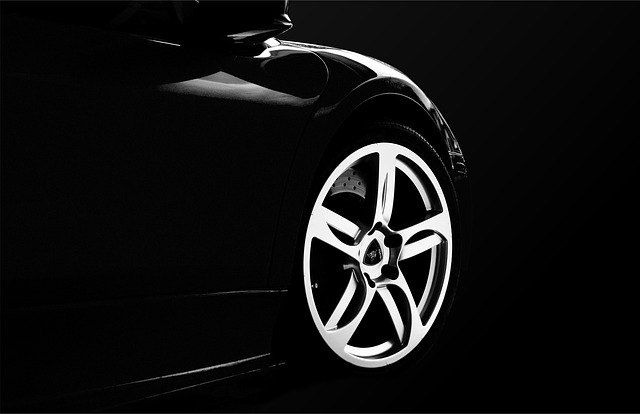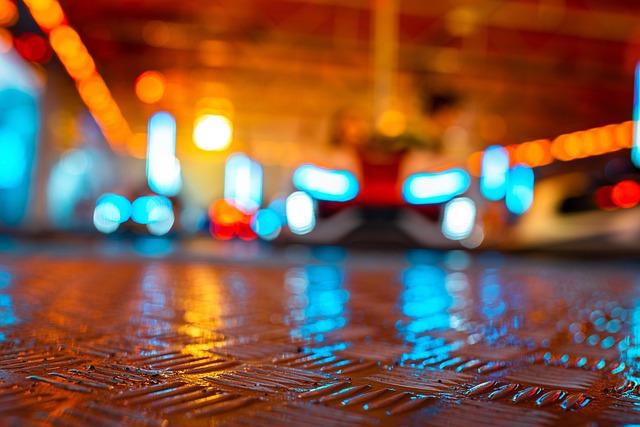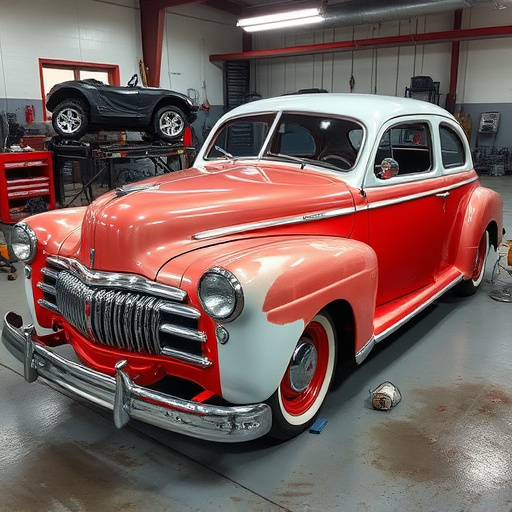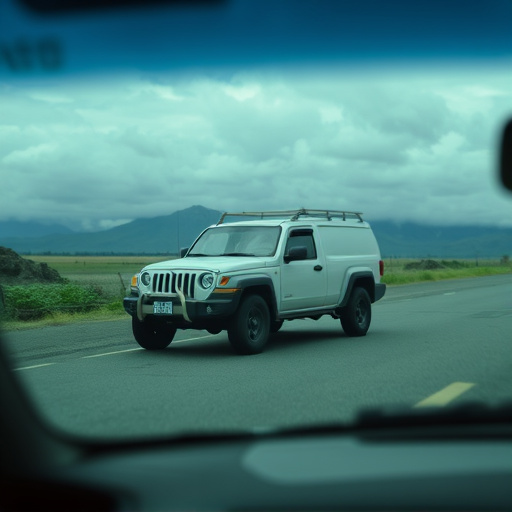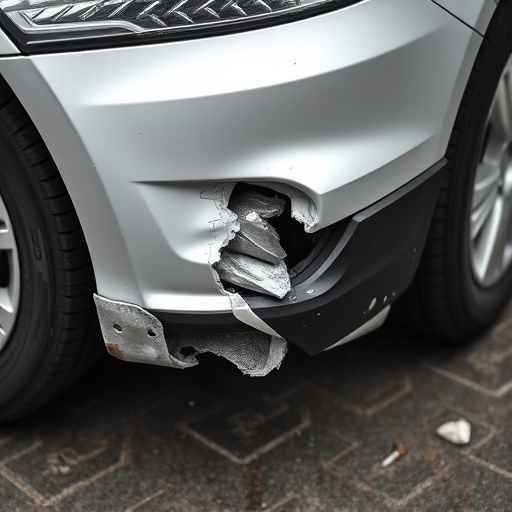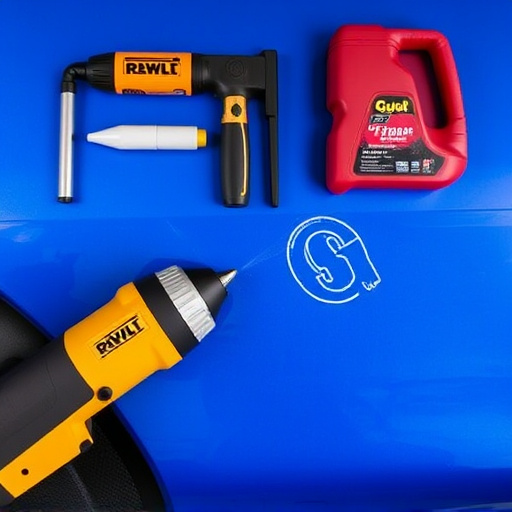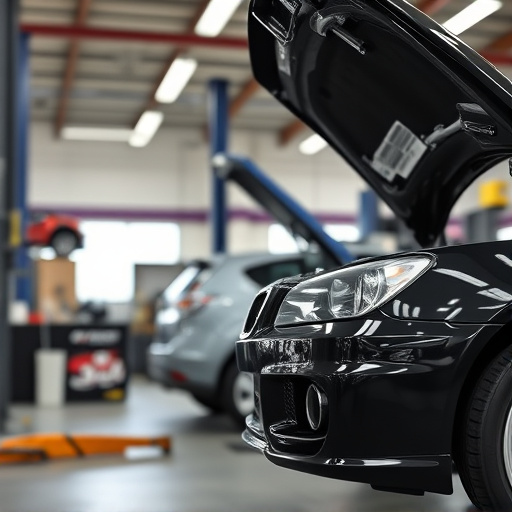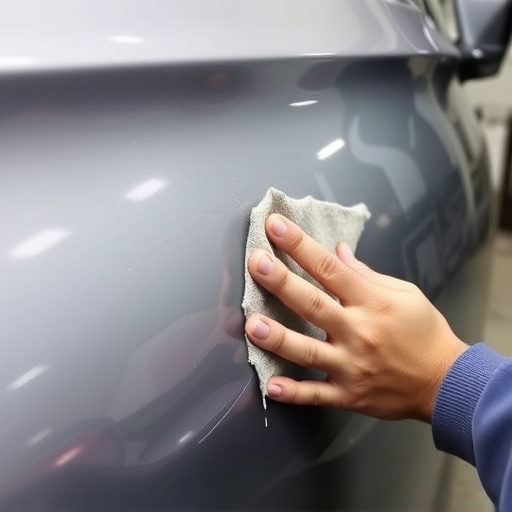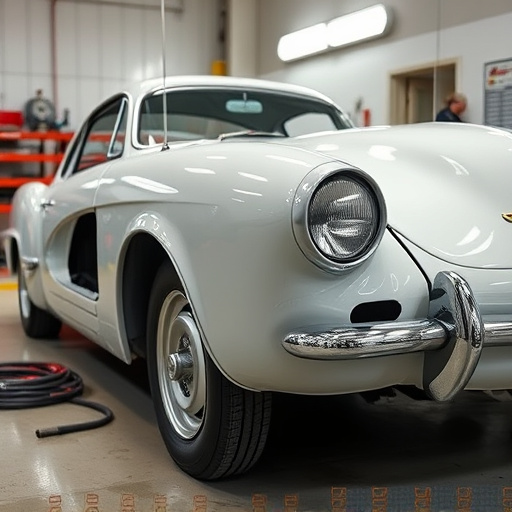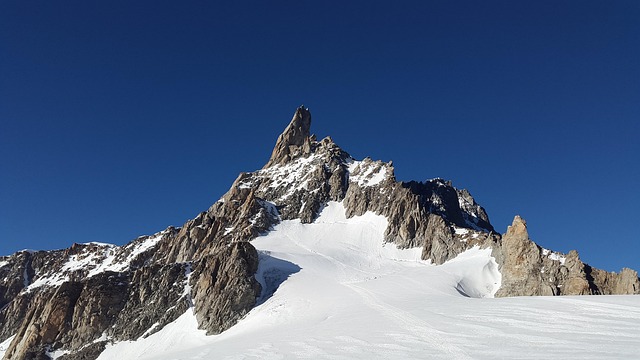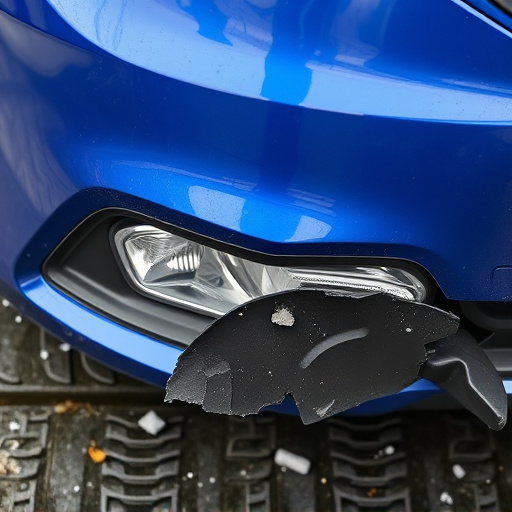Weather conditions greatly affect corrosion protection procedures. Humidity, temperature extremes, and rainfall speed up rust formation and weaken paint. Shops should implement strategies like regular inspection, high-quality coatings, touch-up/repaint intervals to mitigate these effects, ensuring longer metal lifespan and structural integrity, especially in luxury vehicle repairs where aesthetics impact resale value.
Weather conditions play a pivotal role in determining the effectiveness of corrosion protection procedures. This article delves into the intricate relationship between atmospheric factors and metal preservation, offering insights that are vital for industries worldwide. We explore how varying weather patterns, from routine to extreme, challenge and shape corrosion prevention strategies. Moreover, we highlight optimal environmental conditions that can bolster protective measures, ultimately guiding professionals in optimizing their corrosion protection procedures.
- Weather's Influence on Corrosion Prevention
- Extreme Conditions: Challenges and Solutions
- Optimal Conditions for Enhanced Protection
Weather's Influence on Corrosion Prevention
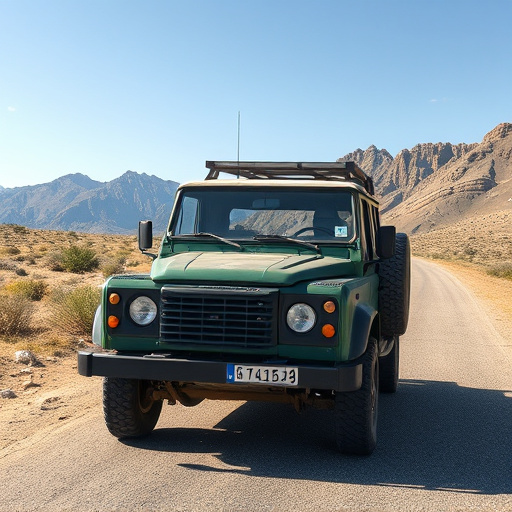
Weather conditions play a significant role in determining the effectiveness of corrosion protection procedures for vehicles in a vehicle body shop or collision damage repair centre. Humidity, temperature extremes, and rainfall can all accelerate rust formation and compromise the integrity of protective coatings, such as vehicle paint repair. For instance, high humidity levels can lead to moisture seeping into crevices and gaps, initiating corrosion processes that can go unnoticed for some time.
In regions with significant seasonal temperature fluctuations, the expansion and contraction of metal components due to heat changes may also contribute to structural stresses that weaken protective barriers. Consequently, vehicle body shops need to implement robust corrosion protection strategies, including regular inspection and maintenance, application of high-quality protective coatings, and adherence to recommended intervals for touch-ups or complete repaints as part of collision damage repair processes.
Extreme Conditions: Challenges and Solutions
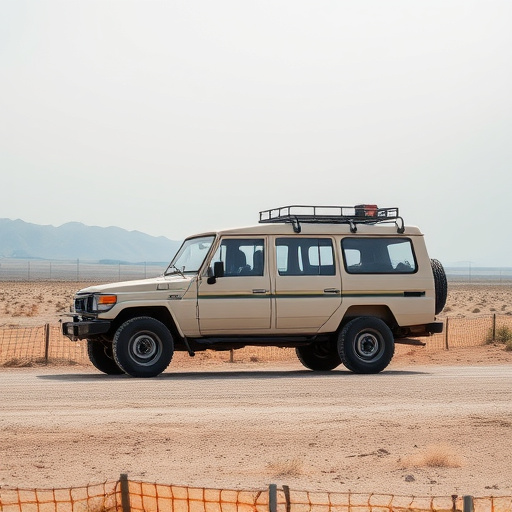
Extreme weather conditions pose significant challenges to corrosion protection procedures, particularly for vehicles and structures exposed to harsh environments. In regions with frequent heavy rainfall or coastal areas battered by saltwater and high humidity, the effectiveness of corrosion inhibitors can diminish rapidly. These elements accelerate the rusting process, compromising the integrity of metal surfaces that are not adequately protected.
To counter these challenges, a multi-pronged approach is required. For automotive repair services and auto body repairs, it involves using specialized coatings and treatments designed to withstand extreme conditions. Corrosion-inhibiting paints, for instance, can create a protective barrier against moisture and salt, extending the lifespan of vehicle components. Additionally, regular maintenance checks and prompt repairs for any signs of corrosion are vital. Vehicle repair services can also benefit from undercoating applications, which provide an extra layer of defense against corrosive elements, ensuring longer-lasting corrosion protection.
Optimal Conditions for Enhanced Protection
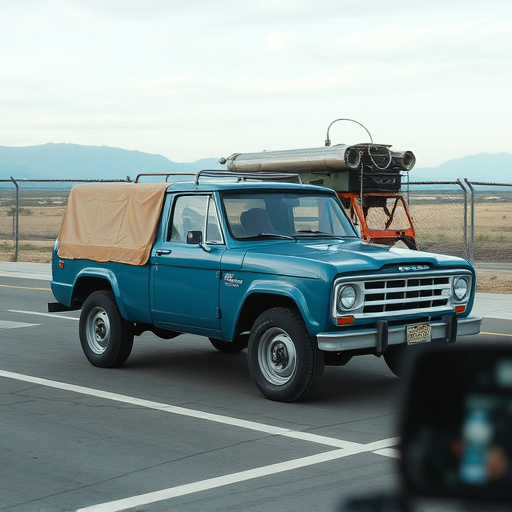
Optimal weather conditions play a pivotal role in enhancing the effectiveness of corrosion protection procedures for vehicles, especially those considered luxury vehicle repairs. In environments with low humidity and moderate temperatures, protective coatings and treatments tend to adhere better to the metal surfaces. This creates a robust barrier against moisture and other corrosive elements, significantly prolonging the lifespan of automotive components.
For car repair shops dealing with high-end vehicles, maintaining optimal conditions can be a game-changer. By controlling temperature and humidity levels, technicians can ensure that corrosion protection measures are maximally effective. Such practices not only safeguard the structural integrity of vehicles but also preserve their aesthetic value, which is particularly crucial for luxury vehicle repairs where aesthetics align closely with resale value.
Weather plays a pivotal role in dictating the effectiveness of corrosion protection procedures. Extreme conditions, from relentless rainfall to sweltering heat, pose significant challenges, necessitating tailored solutions for lasting metal preservation. However, understanding optimal environmental conditions allows for enhanced protective measures. By leveraging this knowledge, industries can ensure critical infrastructure and assets withstand corrosive elements, leading to longer-lasting and more efficient operations.
